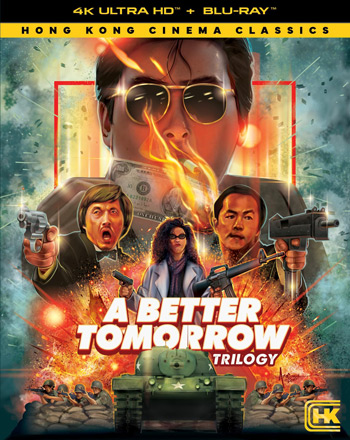
Shout! Factory
In 1986, John Woo was a young director working in Hong Kong caught, as so many young directors are, between artistic desire and commercial reality.
Woo had apprenticed under the legendary Cheng Cheh at Shaw Brothers, and deeply wanted to make films that reflected the themes of tragedy and brotherhood under threat of violence found in Cheng’s work.
He had directed Last Hurrah for Chivalry, a spectacular wuxia picture for Golden Harvest but it had been a commercial disappointment.
Woo’s only financial success to this point had been director-for-hire work on 1977’s Money Crazy, a screwball comedy which had come out during a high point in that genre’s domination of the Cantonese box office.
In the 1980’s, Woo joined Tsui Hark’s Cinema City production company and had moderate success with a series of dark comedies. He and Hark discussed remaking The Story of a Discharged Prisoner, a 1967 dramatic film that both men greatly admired.
Woo was given creative control over the project and reworked the script to include the thematic content he was looking to direct. He transposed the ideas found in swordsman movies and adapted them for cops and gangsters in the modern day while applying a heavy dose of style to the action and keeping the central tragic arc of the story.
Cinema City, Woo, and Hark were all hoping for modest success– Hong Kong is a copycat market for films and it was firmly in a cycle where comedy was king. This new kind of gangster movie was, in many ways, the complete tonal opposite of the light comedies that were raking in the cash.
What they got was a movie that changed the world of cinema.
A Better Tomorrow (1986)
Dir. John Woo
A Better Tomorrow explodes off the screen, even after forty years and endless imitation.
The film features Shaw Brothers legend Ti Lung as Sung Tse-ho, a Triad who specializes in counterfeiting with his partner Mark (Chow Yun-fat). Ho is looking to exit the business as his younger brother, Kit (the late Leslie Cheung) is in the Police Academy. On Ho’s last deal to Taiwan, he’s betrayed by rival gangsters and turns himself in to the police in order to save his young underboss Shing (Waise Lee).
Things go from bad to worse with Ho in prison as the Triads try to kidnap Ho and Kit’s father to ensure his silence, but the grab is botched and the old man dies. Kit becomes relentless in his pursuit of the Triads, and blames Ho for his father’s death. To make matters worse, Mark finds the crew that set up Ho and takes revenge, but is crippled in the process.
Years later, Ho returns from prison to find Shing is now the ruthless leader of the Triad syndicates; Mark is a homeless lackey; and Kit is driven to the point of obsession with hatred for him. The three men must form a fragile alliance to try and put things right in one last big play.
A Better Tomorrow was a sensation on arrival in Hong Kong, and created significant international buzz for Woo as an exciting new filmmaker from Hong Kong. It’s a perfectly paced 90 minutes; the narrative feels like you’re watching an epic but Woo’s use of montage allows a lot of information to be delivered quickly. Woo’s full bag of stylistic tricks had not yet been developed but the basics of his legendary action editing are on full display and he gets electric performances from all three male leads.
This is the Chow Yun-fat movie. Before A Better Tomorrow, he was considered a box office liability as a lead, a capable character actor at best. Woo saw an “Old Hollywood” quality in Chow Yun-fat’s performances and paired it with sly wit to create the screen persona that made him a star. From the moment in the opening credits where he lights his cigarette with a counterfeit hundred dollar bill on fire, to the exceptional restaurant shootout, to the powerful monologue that has become a meme in its own right, he owns this movie.
Highly Recommended.
A Better Tomorrow II (1987)
Dir. John Woo
A Better Tomorrow inspired a slew of imitators at the Hong Kong box office and so Woo, who doesn’t like sequels, was tasked by Tsui Hark to give his breakthrough film a second part. Woo became enthusiastic about the project because it gave him the chance to help his friend, Dean Shek get high profile work during a career downturn.
However, serendipity was in short supply on the film’s production: Hark was much more “hands on” as a producer for this second film, clashing with Woo often. According to critic Christopher Heard in his survey of Woo’s work Tsui Hark hired his own editor to completely recut the film after Woo and editor David Wu turned in a two hour and forty minute cut and that Woo and Hark would have knock down, drag out arguments on a scene-by-scene basis about which footage ought to be used.
The resulting film feels slapdash in narrative conception but labored over in terms of technical filmmaking. As Chow Yun-fat had been so essential to the success of the first film, but his character did not survive, a twin brother in America is contrived to allow him to essentially return from the dead. The emotive, powerful, performances from the first film get turned up in intensity almost to the point of self-parody.
And it doesn’t matter– this is actually the best pure action work of John Woo’s career. The final gunfight, where the heroes storm the hideout of the Bratva and Triad gangsters who had taken so much from them is an indelible finale. Perfectly constructed, paced, and with so many incredible individual beats that Woo would return again and again to throughout his illustrious career.
The theatrical cut is a blast, even if it doesn’t always make sense– and this new 4K set contains a longer cut more in line with Woo’s original intent that certainly will be fascinating to compare to the finished product.
Recommended.
A Better Tomorrow III: Love and Death in Saigon (1989)
Dir. Tsui Hark
The issues making A Better Tomorrow II drove a rift between producer Tsui Hark and director John Woo. Hark began dismissing any pitch coming from Woo for an upcoming film, until Terence Chang stepped in and greenlit the project that became The Killer. Hark seemed to be vindicated when The Killer underperformed at the Hong Kong box office…until it became an international juggernaut. The Killer outperformed expectations in every global market besides Hong Kong and was the most critically acclaimed Chinese language film worldwide since King Hu’s Touch of Zen.
John Woo had ended the argument, definitively.
Hark, himself a fantastic director, took the upstaging very poorly. When Woo took his concept for A Better Tomorrow prequel set against the Vietnam War elsewhere, Hark got him blackballed from every production company in Hong Kong, forcing Woo to self finance the film that would become Bullet in the Head (his finest work). With Woo scrambling to find the money, Hark worked hard to make sure the final Better Tomorrow film would beat Woo’s next project to the big screens.
The film was built around Chow Yun-fat, with the prequel structure allowing him to reprise his role of Mark from the first film. The film was designed to be a romantic tragedy, rather than explicitly expanding on some of the backstory elements hinted at in the first film. Chow Yun-fat would be paired with Anita Mui “the Canto-Madonna” who was at the very apex of her popularity as a performer after singing at the Opening Ceremonies for the Seoul Olympics in 1988.
A Better Tomorrow III gets a bad rap because of the production turmoil, and the obvious side-by-side comparisons to Bullet in the Head, one of the ten finest Chinese language films ever made. In this new remastered format it is certainly worth a watch for the how well the Vietnam exteriors are realized on a Hong Kong budget, for Chow Yun-fat and Anita Mui’s layered, emotive, performances and for Tsui Hark’s skill in staging big action set pieces.
That said, there’s something “off” about this film and it’s easy to see why. Hark wanted to preserve his conception of what made the first film work so he wasn’t coming to the project with his own creative process, but trying to recapture John Woo’s style here. Hark’s own heroic bloodshed style films tend to be hyper-kinetic with speed ramps and quick cuts and you can tell he’s not really at home in Woo’s slow motion shoes.
Also– he just doesn’t give himself enough time to get everything right. Hark is one of the greats of Chinese cinema with an incredible eye for detail in shot composition, theme, story, blocking and editing but here he makes rookie mistakes presumably because there was never any time to go to plan B if a given visual idea didn’t work.
A Better Tomorrow III is the worst film of the trilogy, but it’s worth a watch if you love action cinema, and maybe even more than one if you’re interested in the backstory of how it’s made and how one director tries to capture another’s energy in a bottle.
These films have been out of print since DVD, and the remastered presentation and exhaustive extras including audio commentaries, interviews with cast, filmmakers, producers, screenwriters, Trailers, Image Gallery, Long-Lost A Better Tomorrow II workprint featuring over 30 minutes of never-before-seen footage, and A Better Tomorrow III – Taiwanese Cut make this set a genuine necessity if you’re interested in Hong Kong cinema of the 80’s. This is an easy recommendation.

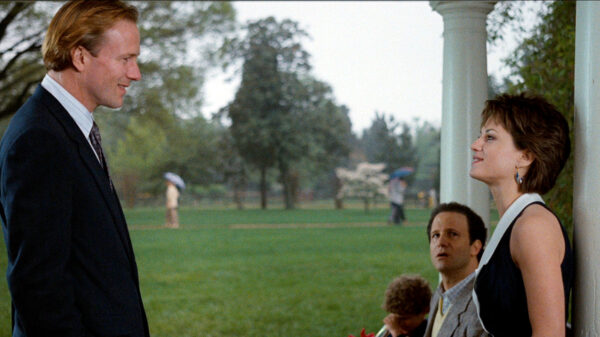



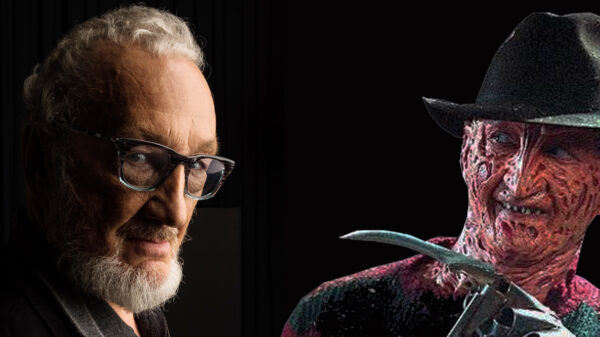
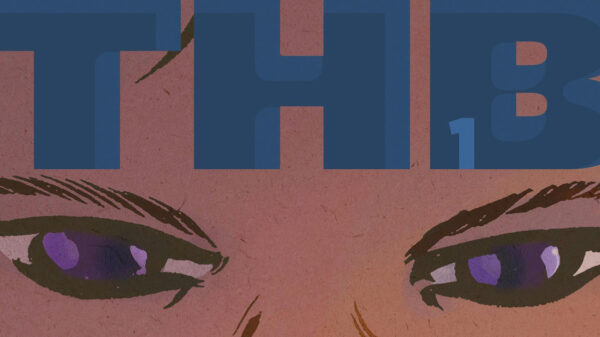

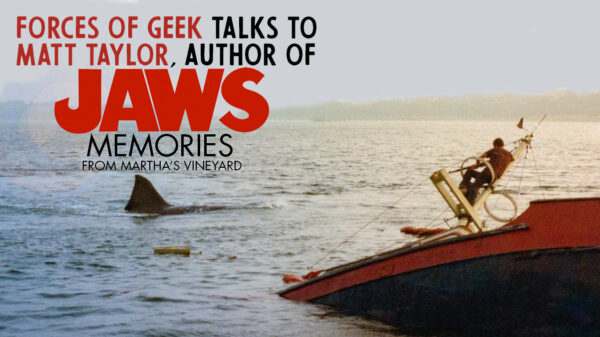
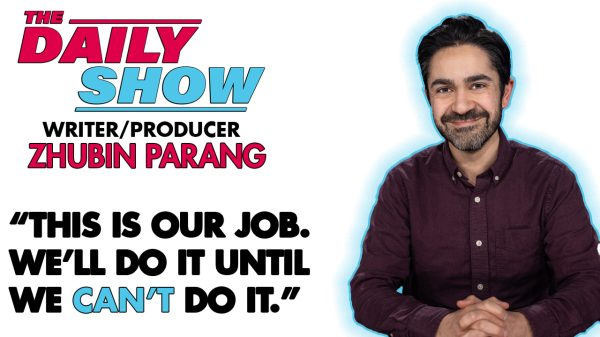
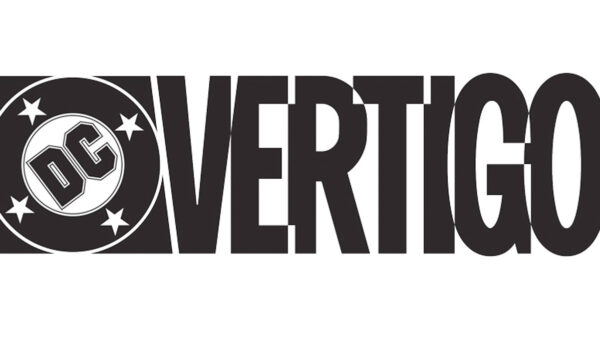

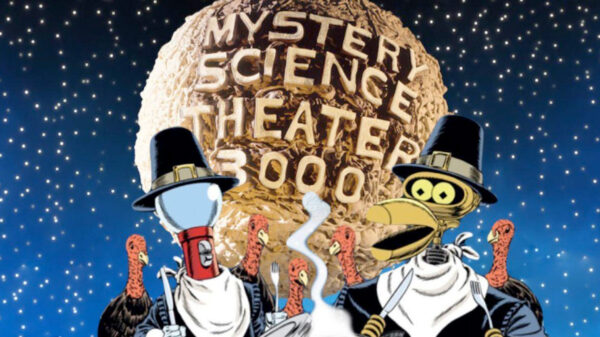






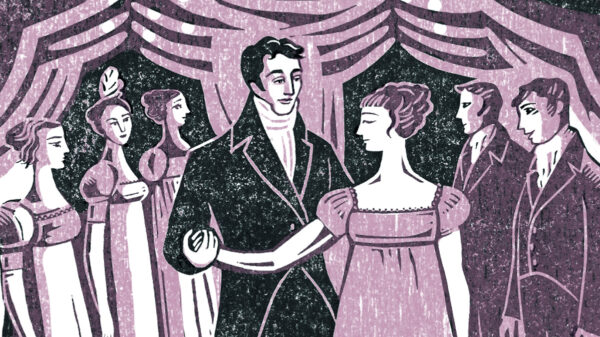

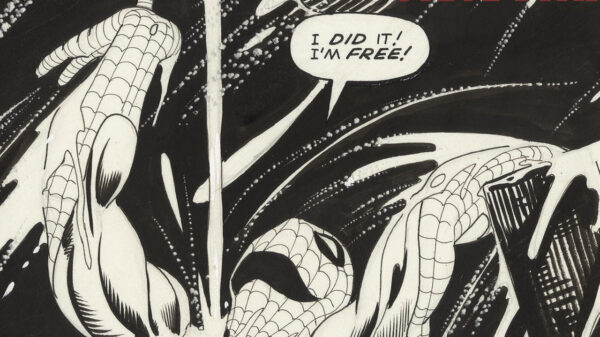
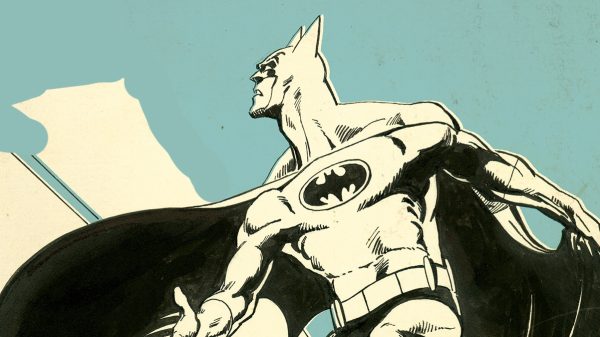

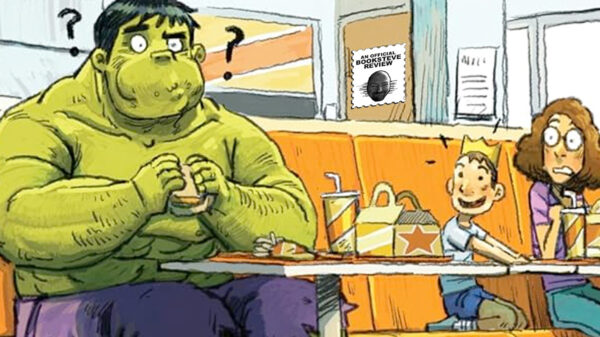
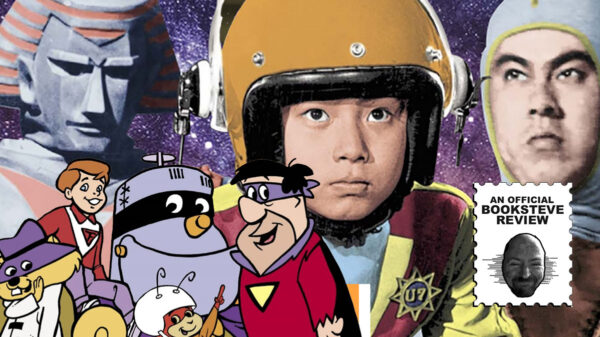
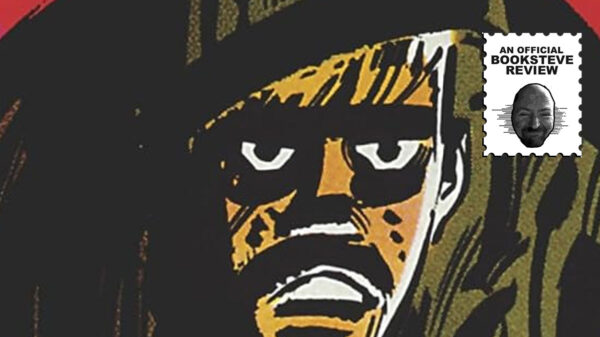

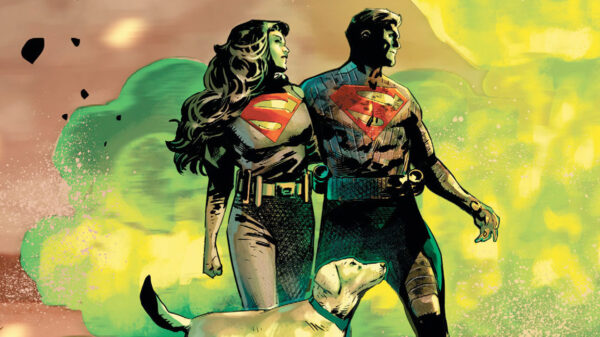





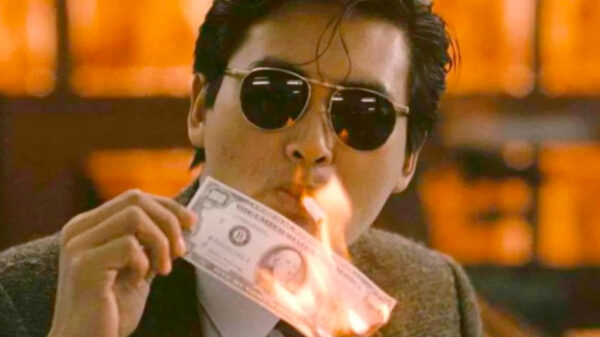





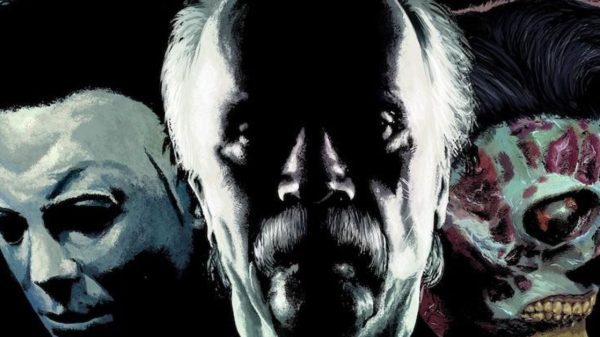

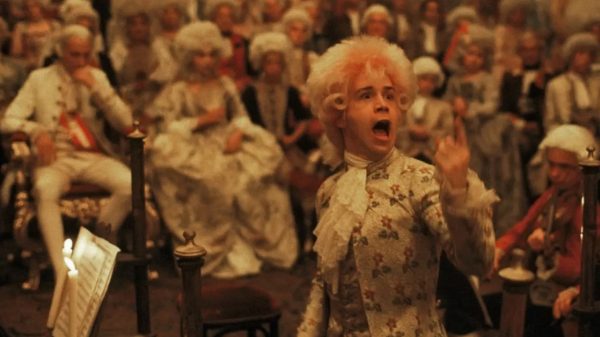











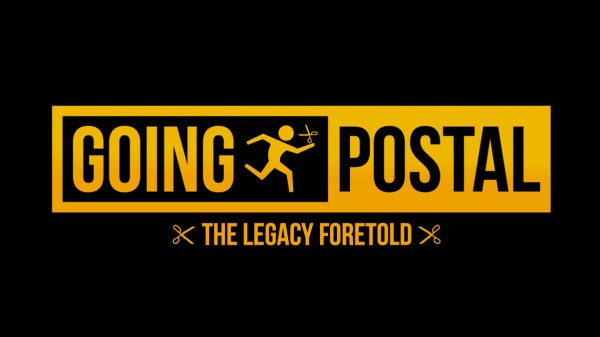


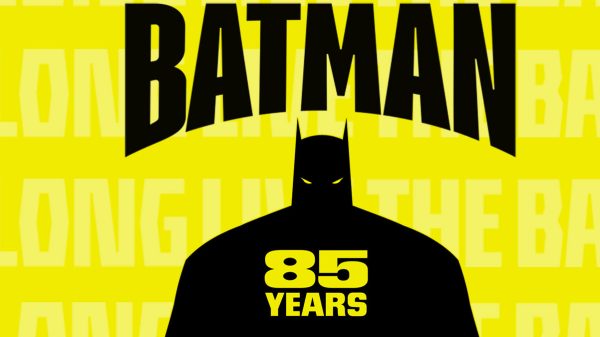
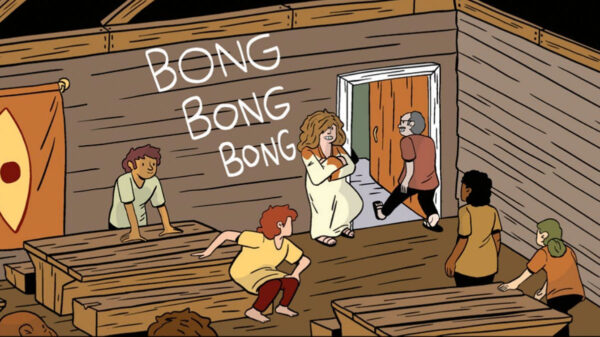


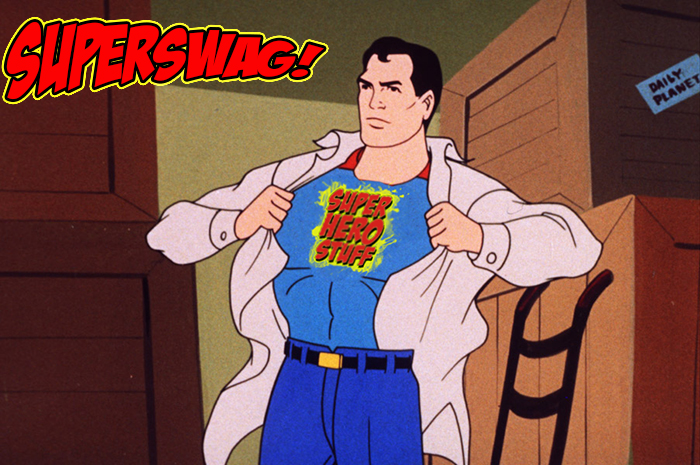


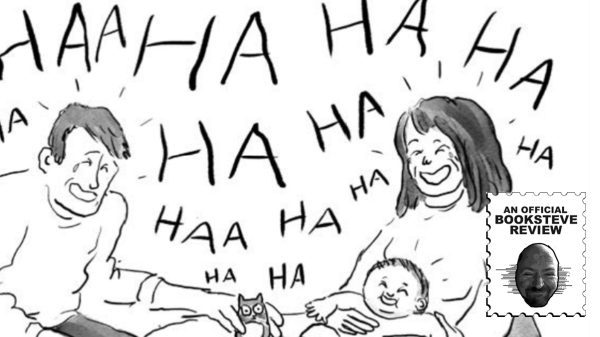



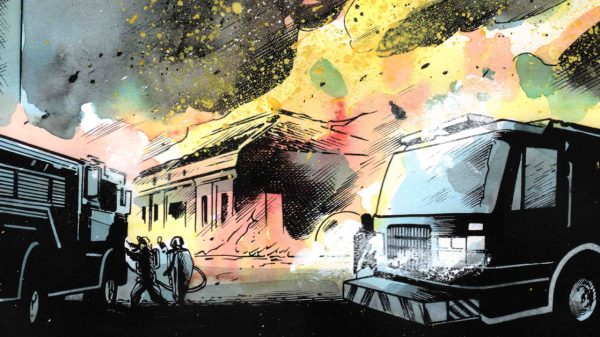
















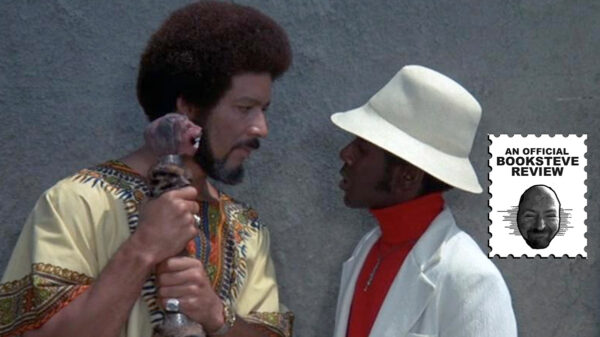




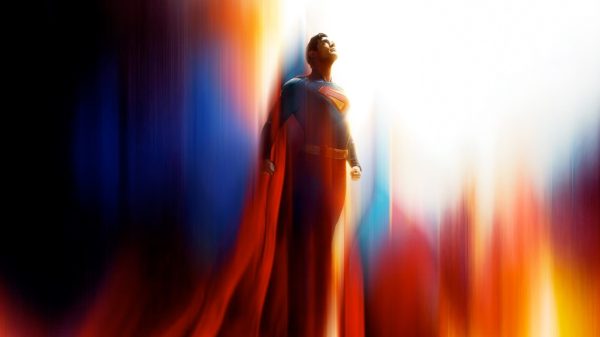





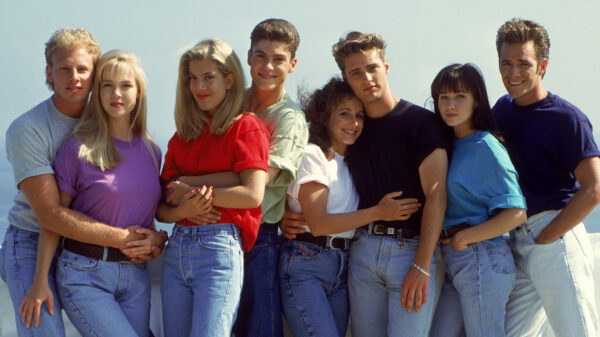
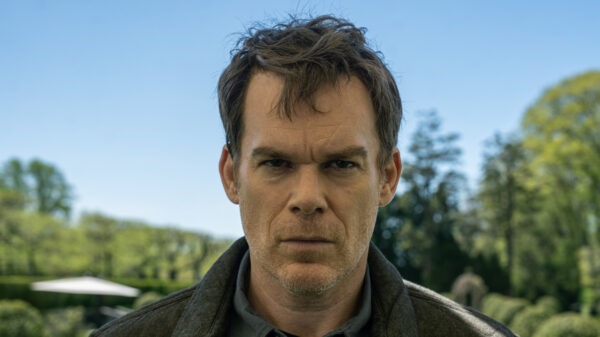
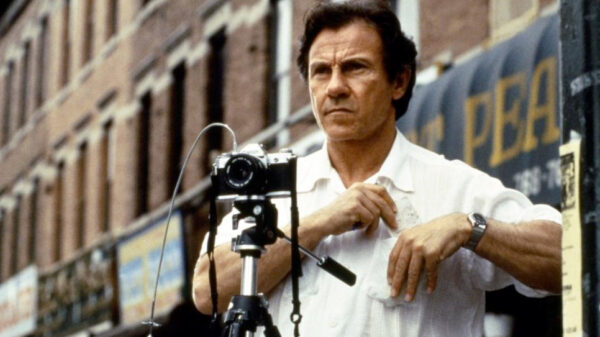
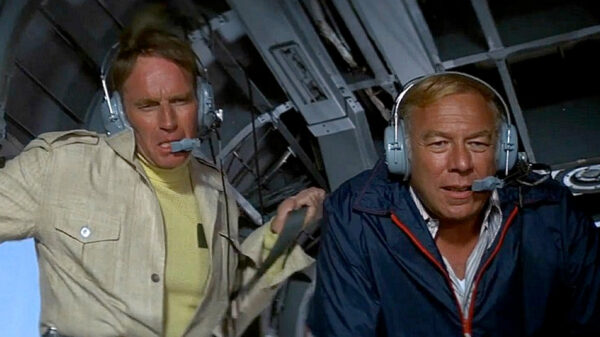


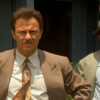

You must be logged in to post a comment Login